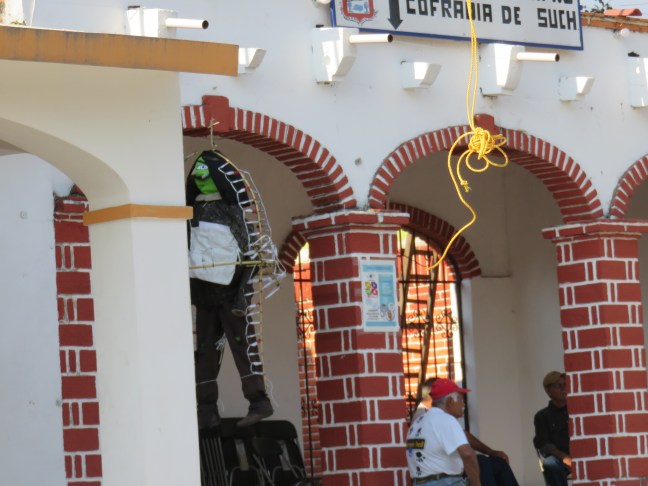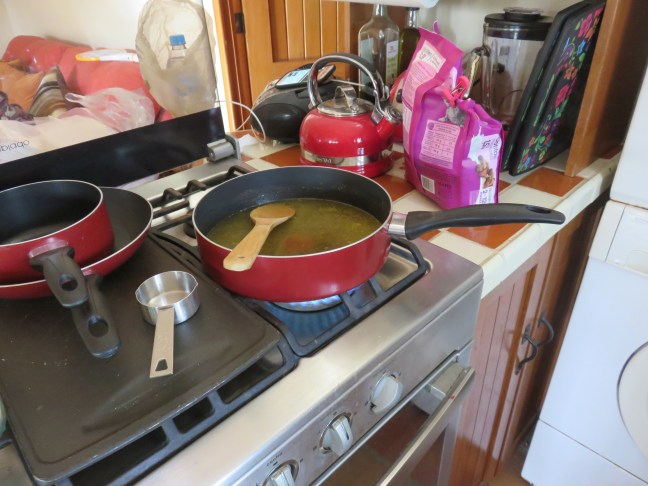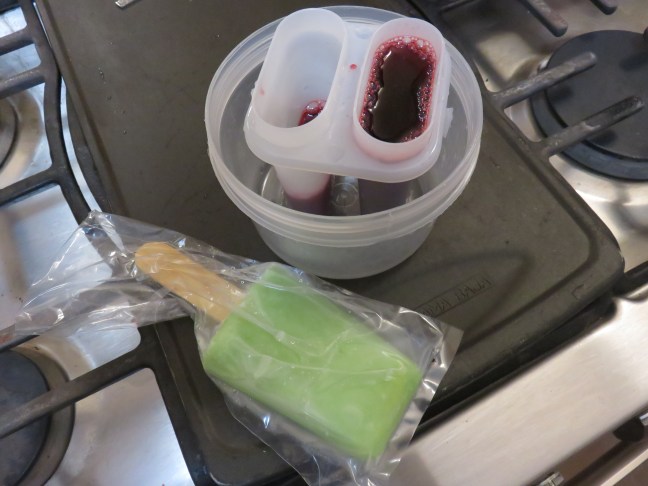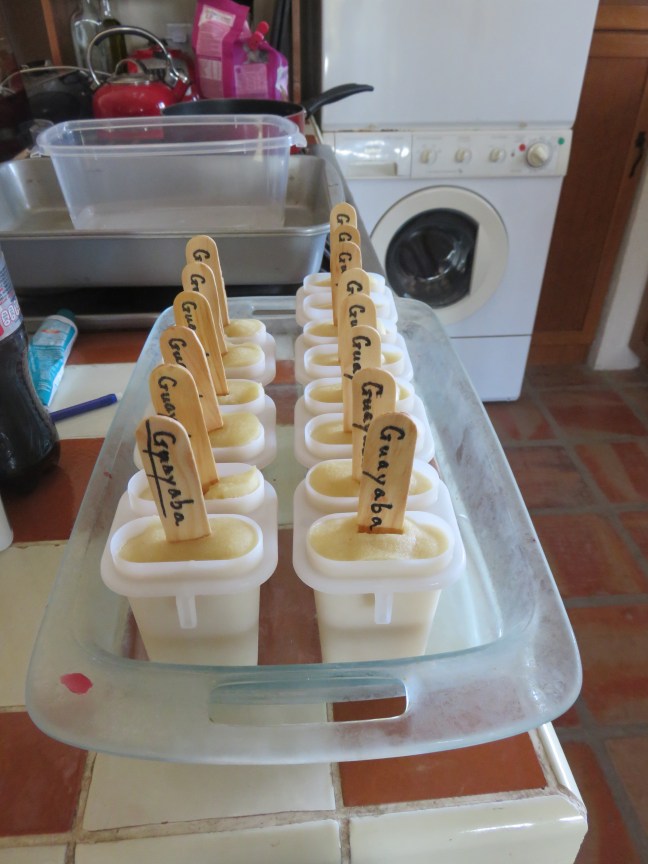Perhaps it is because I am in a small village. Perhaps it is different in larger cities and municipalities such as Comala, Colima and Mexico City. Paying bills here is a whole other world from what I was used to.
In the United States, paper utility bills are delivered to your home via the United States Postal Service. The bill usually arrives within a business day or two after it is mailed. Even across the country mail doesn’t even take one week. In these modern times, you can even arrange to receive and pay your bill online. Not so here, in Cofradía de Suchitlán.
We have neither a bank, nor a post office here in the village. The electricity bill (or cuenta de luz – light bill) is paid every other month, beginning in February. The bills for electric for the entire village go to one person in one house. Hopefully, someone tells you when they arrive (fortunately for me, I have Lourdes). Once the bills arrive, you have one week to go to that house and pay the bill. From what I understand, if you don’t pay it, then you must go to the main office in Colima to pay it.
When I moved into the house in December, the person collecting the bills lived on the next street over. She would post a sign on her house to let everyone know the bills were here and when was the last day to pay. In February, things changed. No sign on the house and I was told by Lourdes that the bills were being delivered to ANOTHER house halfway to the crucero (the crossroads at the highway leading away from the village) and one street over, so it was not visible from the main thoroughfare.
So – fortunately, I went with Lourdes, since there was no sign on the house. This is where the bills were paid for February and April, and hopefully it remains so – at least through the end of this year. By the way, for my house, the bill came to 595 pesos. That is about $30 USD for 2 months, or about $15 USD per month.
The water bill is turning out to be the serious game of Hide-and-Seek. I hadn’t received a bill and wasn’t sure how that worked. I asked Richard, the previous owner, and he told me that you pay the water bill once per year and, just as you do with the electric bill, there is one person in the village who collects the money.
Apparently, you just have to pay once per year, but they would prefer that you pay in the beginning of the year. I seem to recall that, in New York, you paid twice per year – or maybe that was the sewer bill. I can’t recall, and I haven’t owned a house since the year 2000, so who knows if it’s even done the same way anymore.
In any event, the search was now on to find out who collects the water bills. Apparently those bills also changed hands, but then someone told me that the owner of the local hardware store knows or is related to the right person. The woman at the store told me that the family in a house across the street were the proper people. I went there, the door was open, but no one answered when I shouted a greeting several times.
I then decided that I could try another time. Then I was told that it was the owner of the house next to the taxi driver’s house. Went there, and in her rapid-fire Spanish I THINK she said that the woman was no longer there, and gave me the name of the person who is now in charge.
Well, this morning on our walk, I mentioned the name to Lourdes, who knows this person and showed me the house – the same house across the street from the hardware store that I had tried before. So – this being the weekend, I will try again during the week.
When I finally pay the bill, I will let you know how much it is. I do live alone, and it only takes me 5 minutes to shower, the kitties don’t drink a whole lot of water, but I DO do a lot of cooking, which entails a bit of water. And – most of all – I do irrigate the fruit trees, flowers, plants and vegetables daily (I will be using MUCH less during the rainy season, which begins towards the end of June). I was concerned about that, but Richard tells me that everyone is assessed the same amount for water. I don’t know if that is good or bad. Thanks to the filters and ultraviolet light for my water supply, I can actually drink the water straight out of my tap. Everyone else has to buy their water. I am also not sure how they figure the amount of water used throughout the village, but I am told also that we have greater water security (secure in the knowledge that we will have an adequate supply) than in the city. I suppose it all evens out in the end for everyone in the village.
The phone is much simpler, at least for me. I do not have a landline, preferring just to use my smartphone. I paid the Mexican company for a new chip for my phone – I don’t remember how much it was – and received a personal phone number. Now I just walk a few blocks to the “Ciber” and pay however many pesos I choose for more data when I run out.
So, that is about it for now. Sorry, no pictures this time. But I did get all of my white flowers, the frame is up for the ones that climb, and I will be writing a post about that soon, with lots of pictures of my beautiful moon garden.
¡Adios, y que tenga buen día! ‘Bye and have a great day!

















